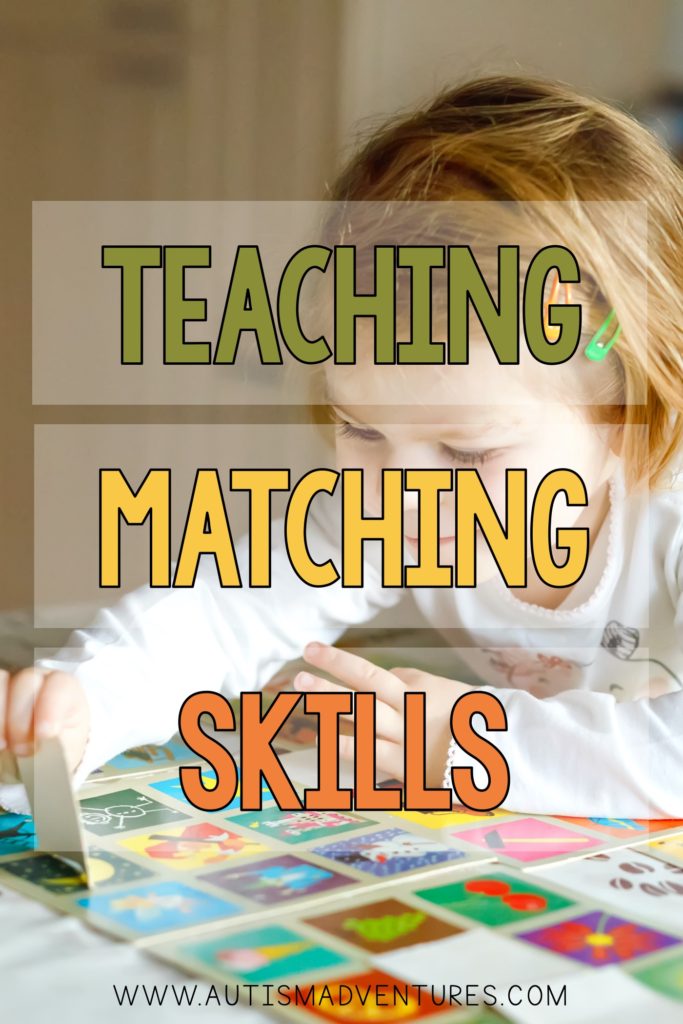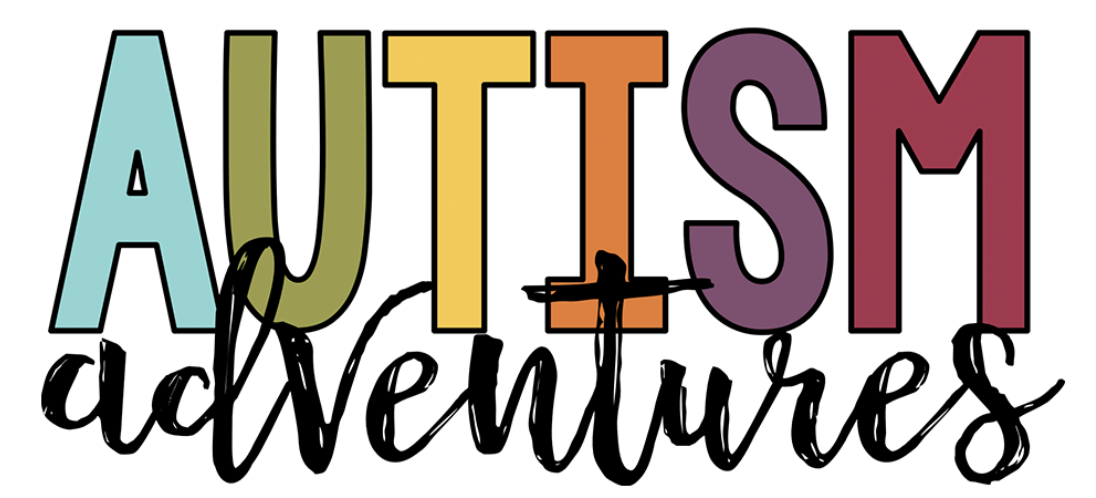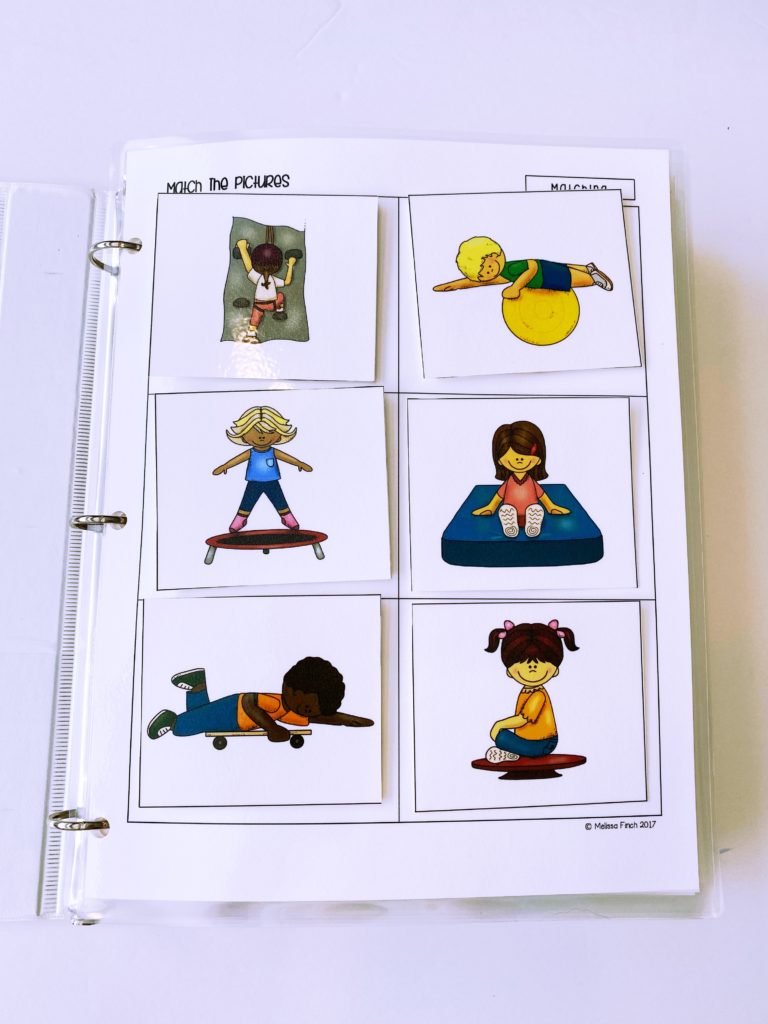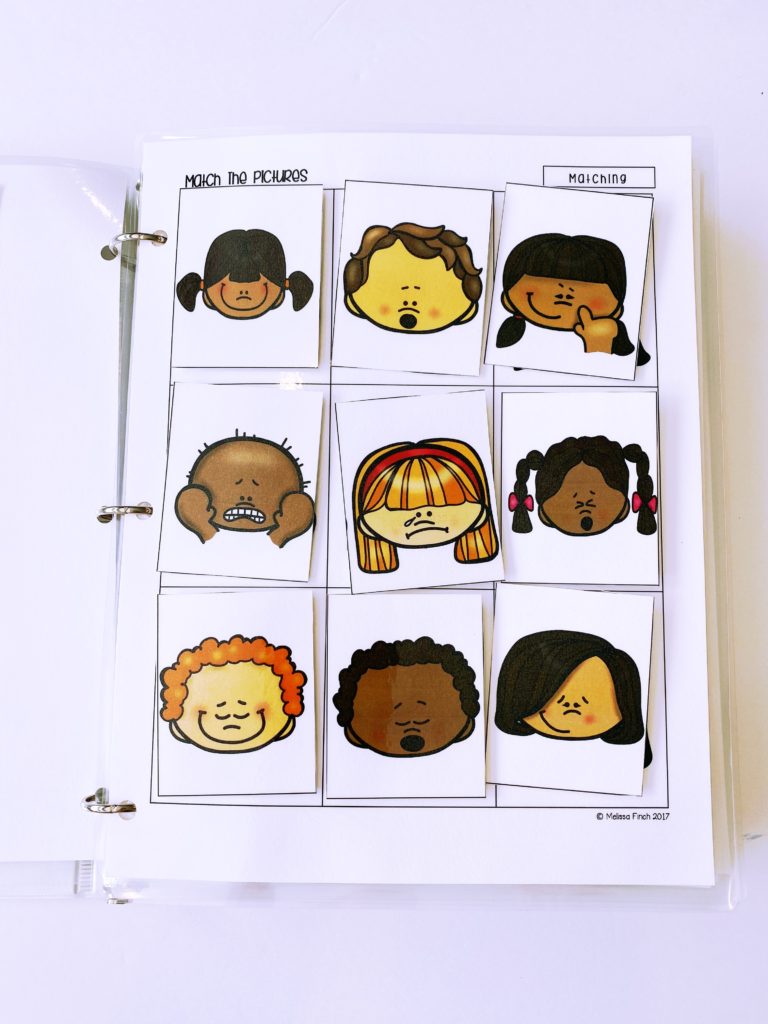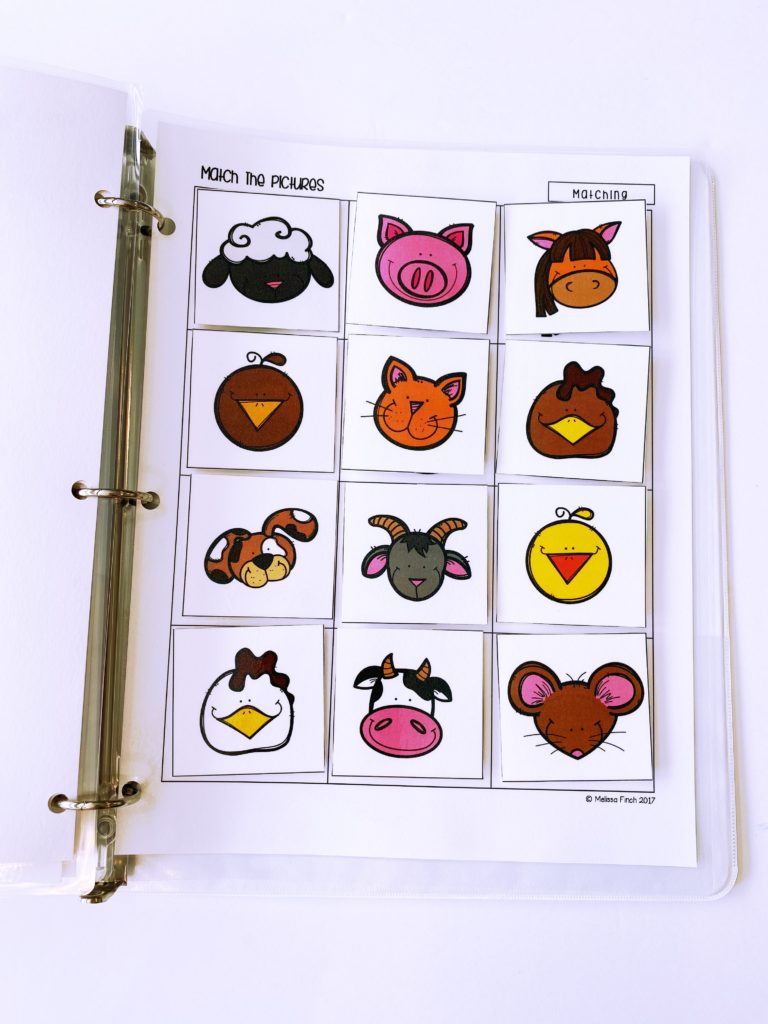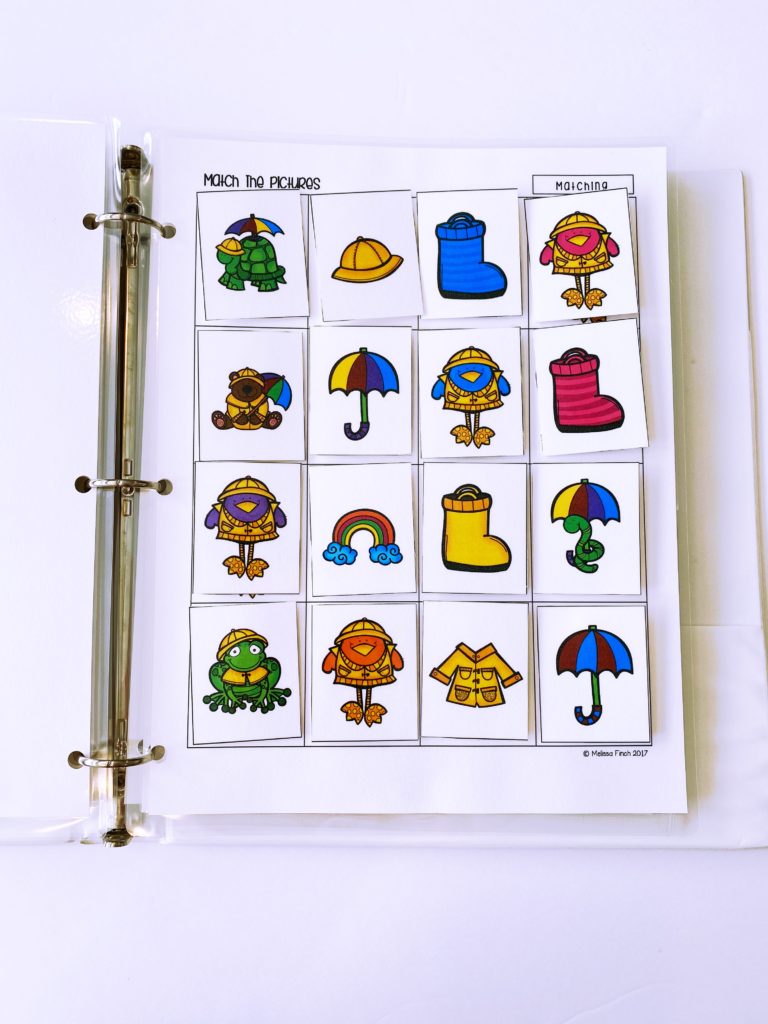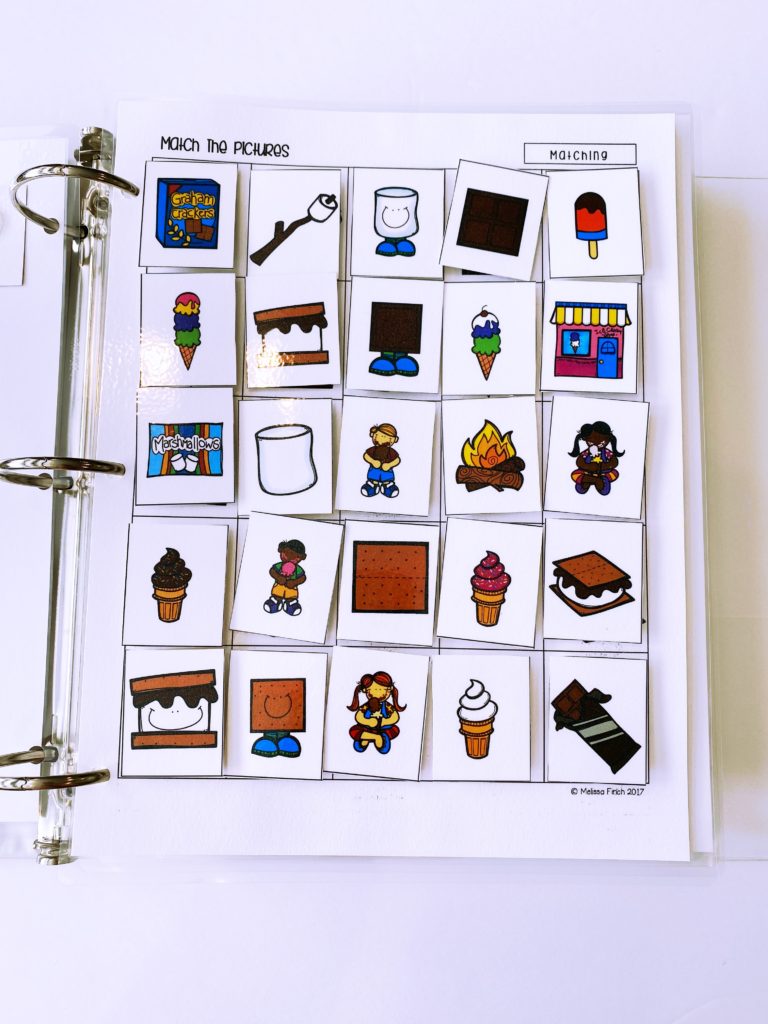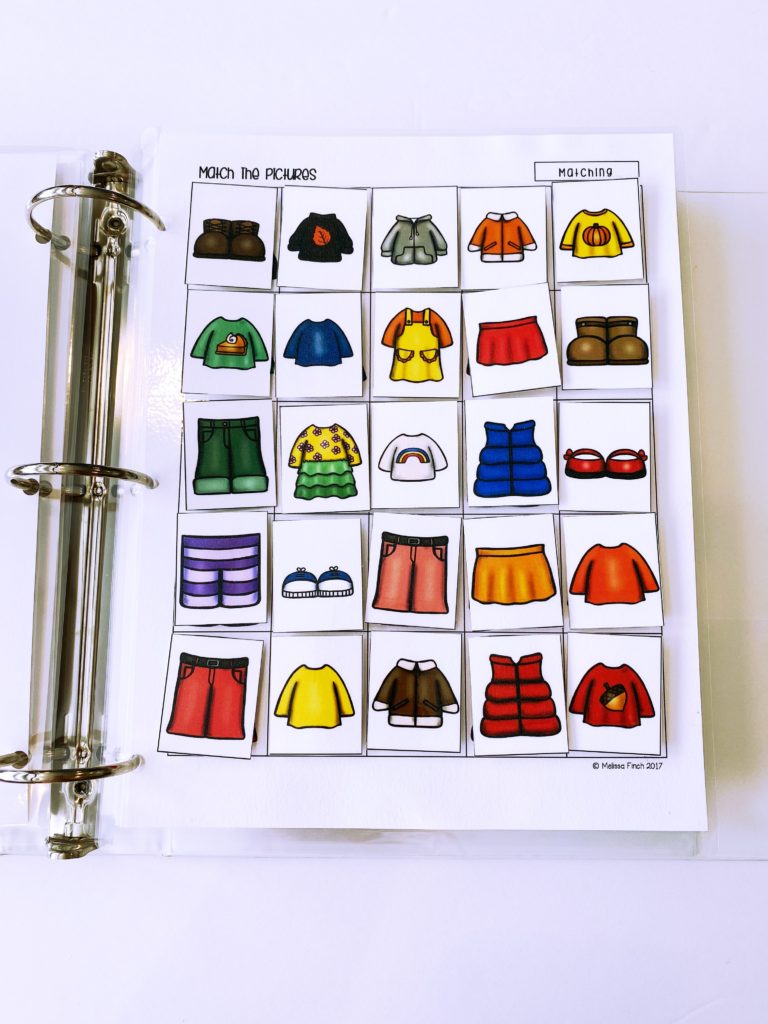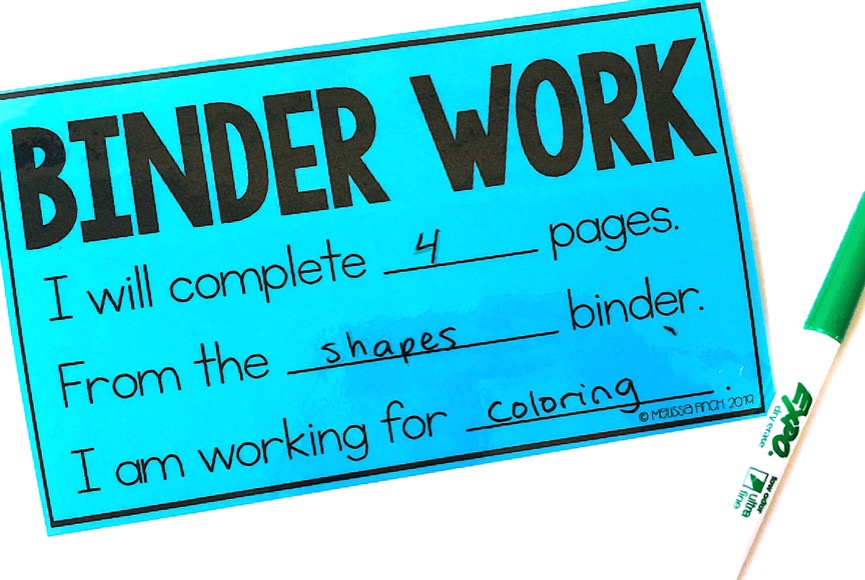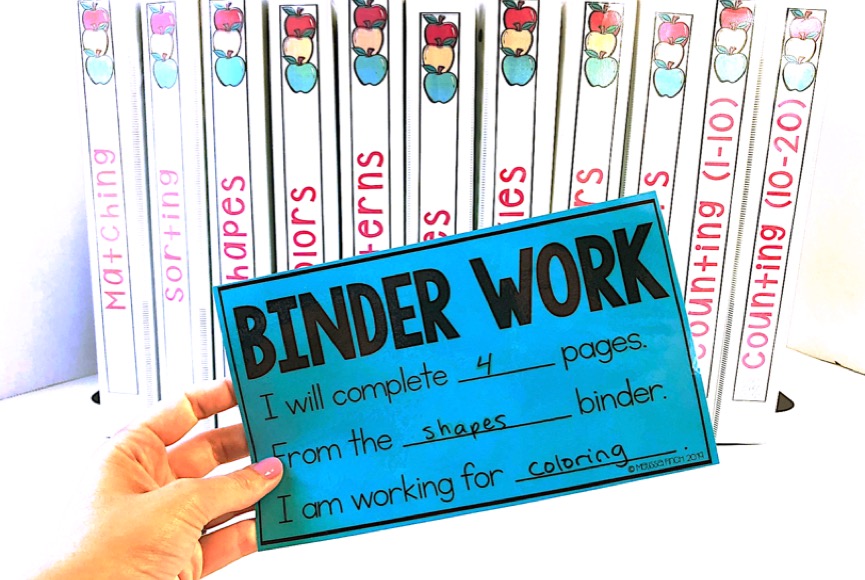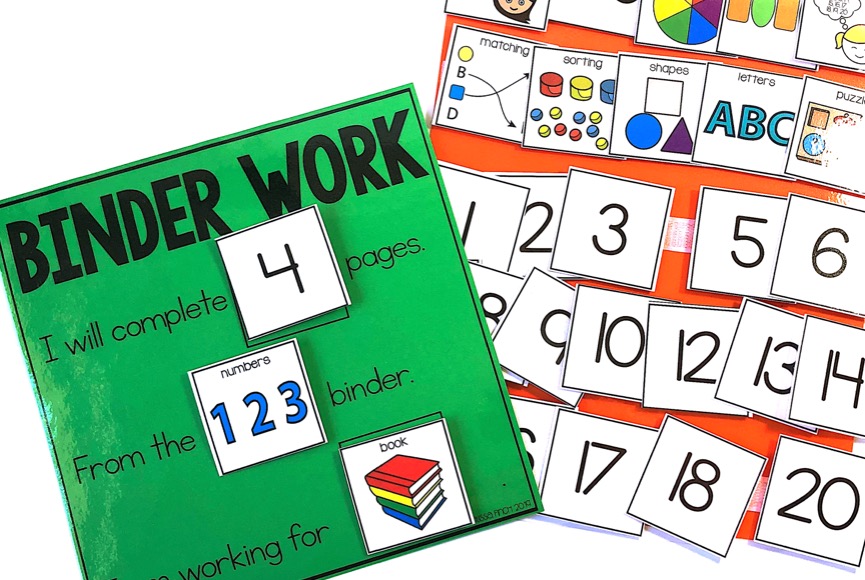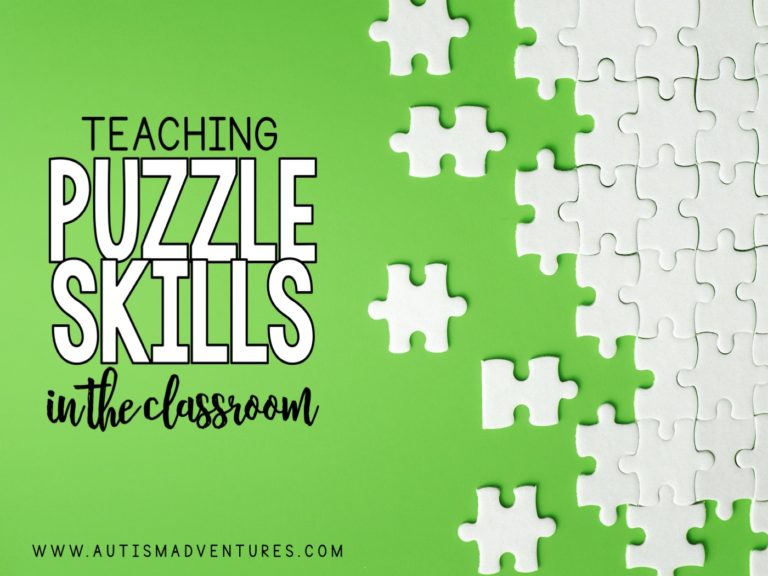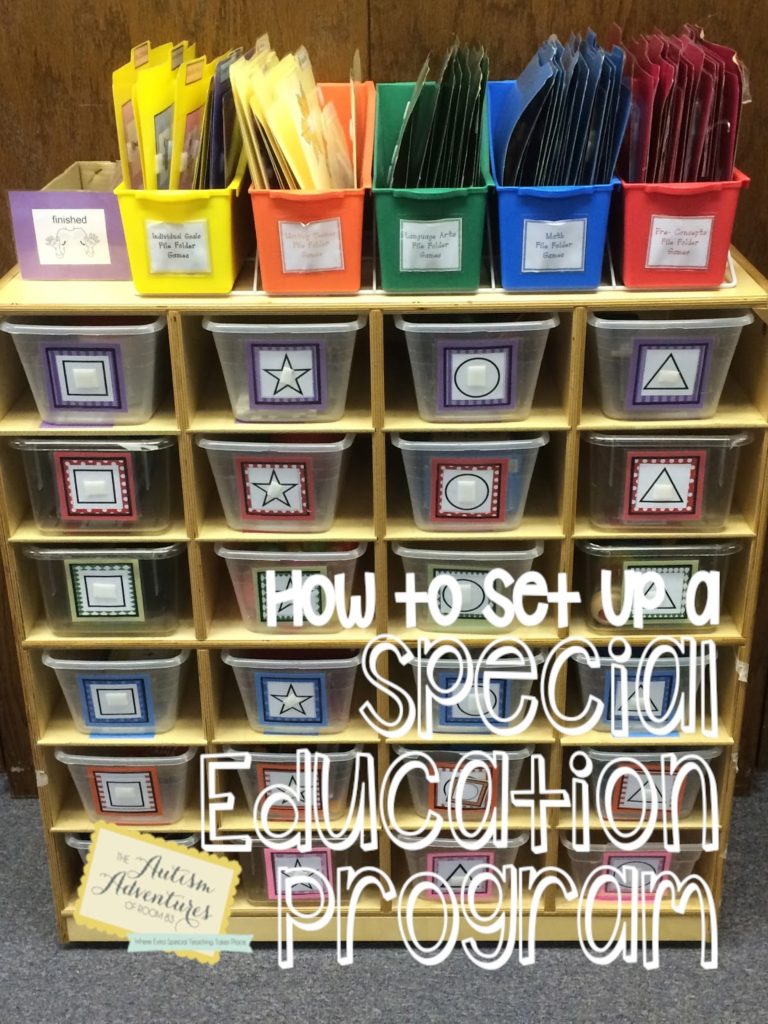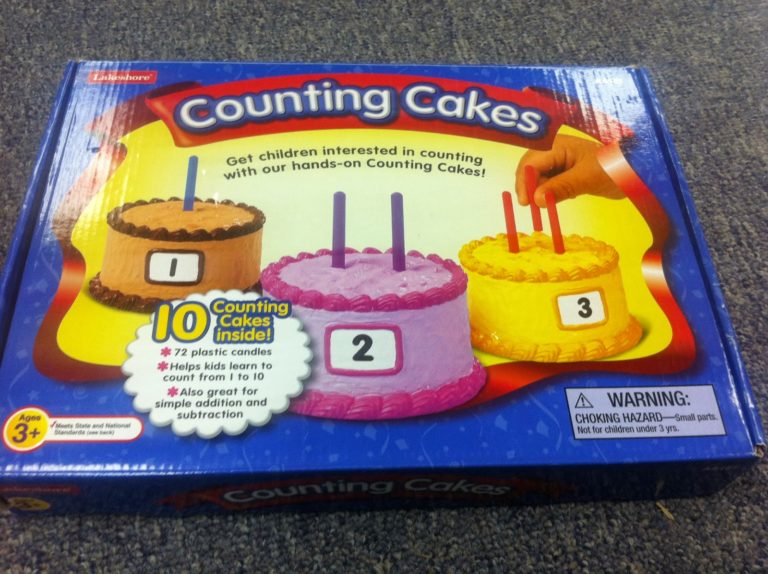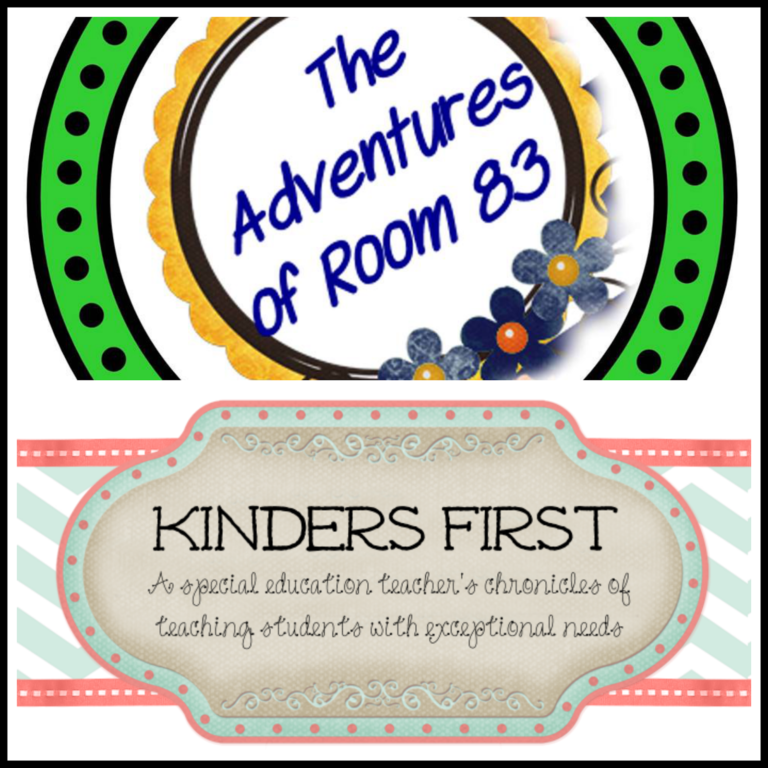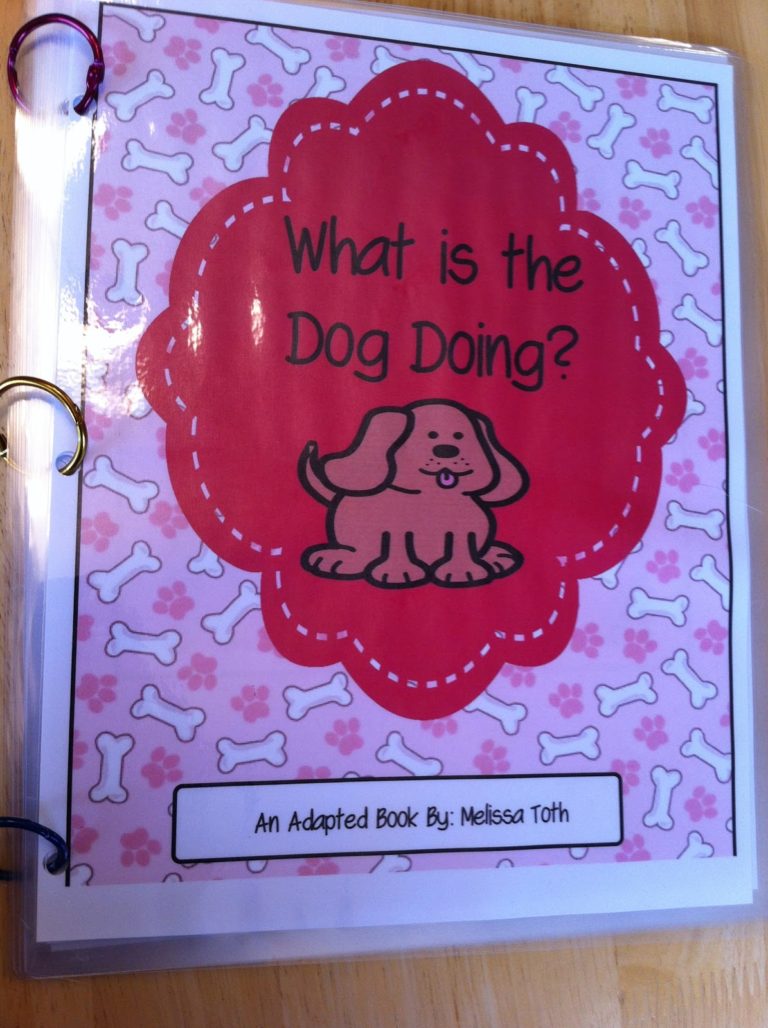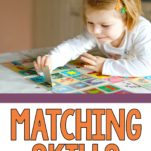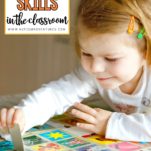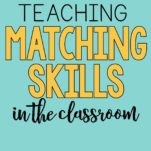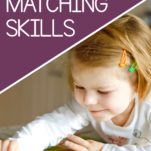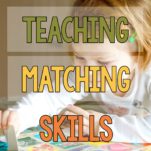Teaching Matching Skills in the Classroom
Teaching basic skills is so important in any classroom. Teaching basic skills can be fun, hands on and educational all at the same time. Today’s blog post I am going to be talking all about matching skills in the classroom, and why these skills are a crucial basic skill for students.
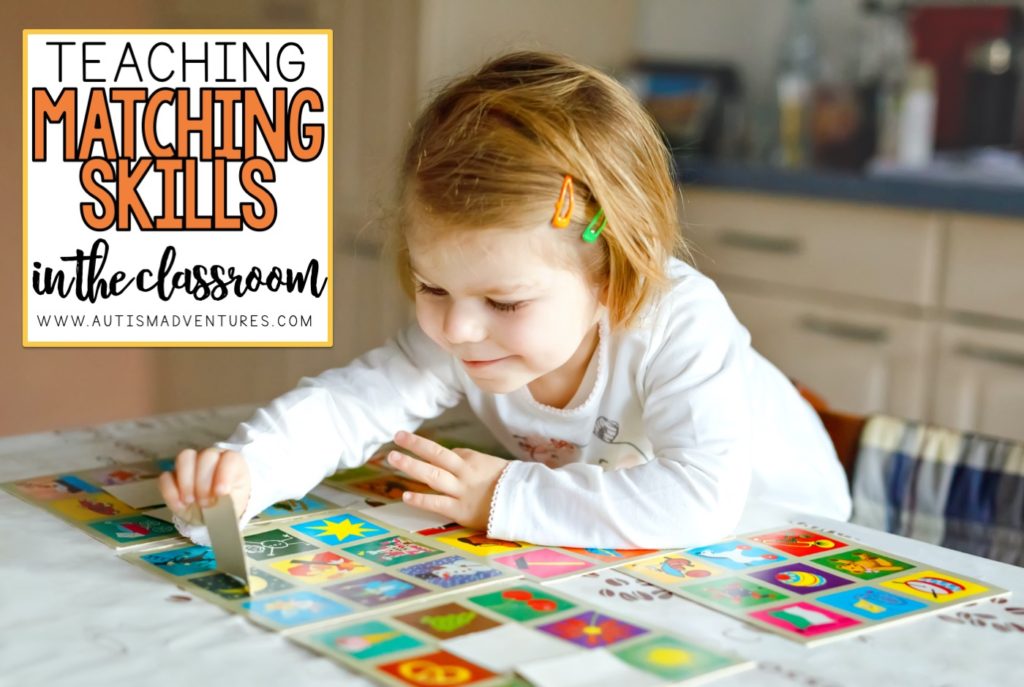
* This post may contain affiliate links. This means that if you click and end up purchasing, you pay no extra cost, but I earn a small fee for referring you.
Benefits of Mastering the Basic Skill of Matching
Everyone remembers the traditional “Memory” game from their childhood. A deck of cards were turned face down and players would turn them over a pair at a time to try to make a match. To share that tried-and-true game with children, they need to be able to match two pictures.
Learning to match has several benefits for children. Matching is a precursor to learning how to classify items and to identify relationships between them. Matching is also an early math skill. It helps students learn to identify properties of objects that are the same, which sets the foundation for early geometry learning. Matching also supports early literacy when children learn to match letters and sounds.
How Matching Skills Lead to Real-World Learning
Matching skills have application across both the classroom environment and the ‘real world’. Matching activities help children practice visual discrimination – the ability to tell similarities and differences between objects. This helps children learn to recognize letters and words. They also develop a more expansive vocabulary, through learning the names of objects, descriptions of them, and opposites like “same and different.” Learning to match helps students learn to problem solve and to think critically; they also learn to organize information, store it, then recall it when it is needed.
Activities to Practice Matching in the Classroom
There are many activities that teachers can do in the classroom to teach matching to students. One of the main things that teachers should keep in mind is to use the teaching sequence of concrete – pictorial – abstract.
Concrete Matching
Concrete means that the learning should begin by using real objects first. This experiential approach is developmentally appropriate, particularly when working with young children or school-age children with disabilities. Some examples of concrete practice with matching include:
Do a sock match. Create a sock box in your classroom, in which you collect pairs of socks. Send an “all call” to teachers at your school and ask for a pair or two of gently used socks. You should collect a variety of socks – baby socks, adult socks, ankle socks, knee-high socks, colored ones, striped ones, etc. Give students the sock box and have them put the socks into matched pairs.
Match buttons. You might start a button collection – collect pairs of buttons from garage sales or purchase a button collection from a school supply store. Start with a small bag of buttons for students to sort; too many might be overwhelming at the beginning.
Match any small objects that you can collect into a Zip-lock bag. Think about small items that you have lying around – coins, candies, matchbox cars, Legos. Put them into a bag for students to match.
Pictorial Matching
Pictorial/pattern matching should come next in the learning sequence. At this level of matching skill, children should learn to match identical pictures. Cognitively, this is a more complex skill than matching real objects.
A trip to the hardware store can help you locate some materials for matching. Free paint sample cards (get a pair!) offer the opportunity for multiple, different-colored squares for matching. While you are there, pick up any outdated wallpaper books – the store will typically give them away for free. Use a dye-cut machine at your school to cut out matching shapes from the wallpaper samples. Of course, you can also use a traditional Memory game; at this level, children should put the cards face up and match the pairs that way, since they are working on matching and not visual memory.
Abstract Matching
The next level requires more abstract thinking. One way to develop critical thinking is to have children match items to pictures. Look for items around the house and the classroom and cut out accompanying pictures in magazines. Ask children to take the picture of the desk and match it to a desk in the classroom, and the picture of a book and match it to a book on the shelf.
A more advanced activity is to match words to objects. You might have children match color words to the appropriate crayons or match number words to sets that show that number (like the number word “three” to a set of three pencils).
Matching Binder Tasks
I am a huge believer in binder tasks and file folder activities in the classroom. They may require a lot of prep in the beginning, but offer so many benefits for years to come.
This Binder Work System focuses on matching tasks! There are 100 interactive pages that can be used to practice matching activities and to build independence within your classroom! A wide variety of matching activities are included to meet the needs of all of your students! All of these binder task activities are non-seasonal, meaning they can be used year round!
This bundle includes matching tasks…
The Binder work system is great for early childhood programs, special education programs or autism classrooms/programs. The Binder Work system was designed to create a systematic routine system for students to work independently on already mastered skills that they learn at the math, reading, and writing centers/classes. This can be an every day work center/rotation within your classroom that requires no planning. To learn more about organizing and storing binder tasks, read this blog post HERE.
If you are looking for some free binder task visuals, click on the images below or read this old blog post HERE.
This product can be used 3 different ways:
- Print, laminate and assemble in binders for reusable interactive work tasks
- Assemble into file folder activities
- Print and use as cut and paste worksheets for extra practice/fillers
Matching Games
Below are some great games to practice matching in the classroom! These are all available on Amazon and most are also available at common places like teacher supply stores, Target and Walmart!
In Summary
Matching is a fundamental skill that provides the foundation for learning in many different areas. Not only do children develop many pre-academic skills, matching activities are just fun!
Like what you read? Don’t forget it, PIN IT!
